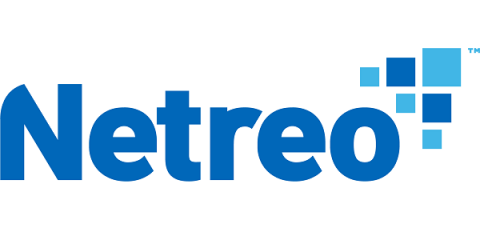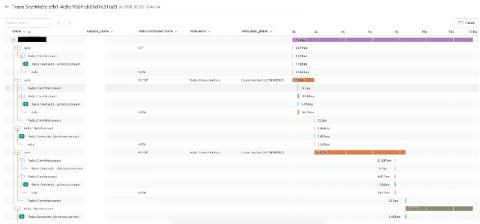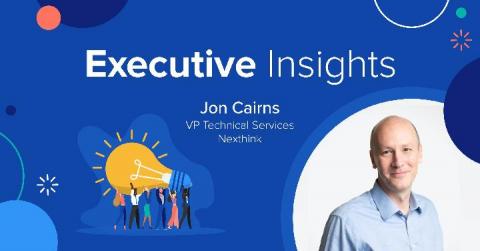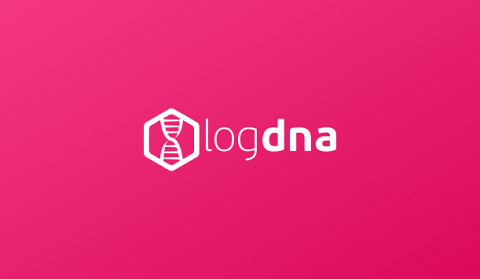Eliminate the Fog: The Path to Microsoft 365 Monitoring Visibility
I’ll go out on a limb and venture a guess that everybody reading this blog has had challenges adjusting to life in a post COVID world. I certainly have. My latest challenge? Navigating the simultaneous use of a face mask in public venues while wearing glasses to read stuff that’s more than 20 feet away. Just like ski and water goggles, my prescription specs also fog up when simply taking a leisurely stroll through the grocery store.











